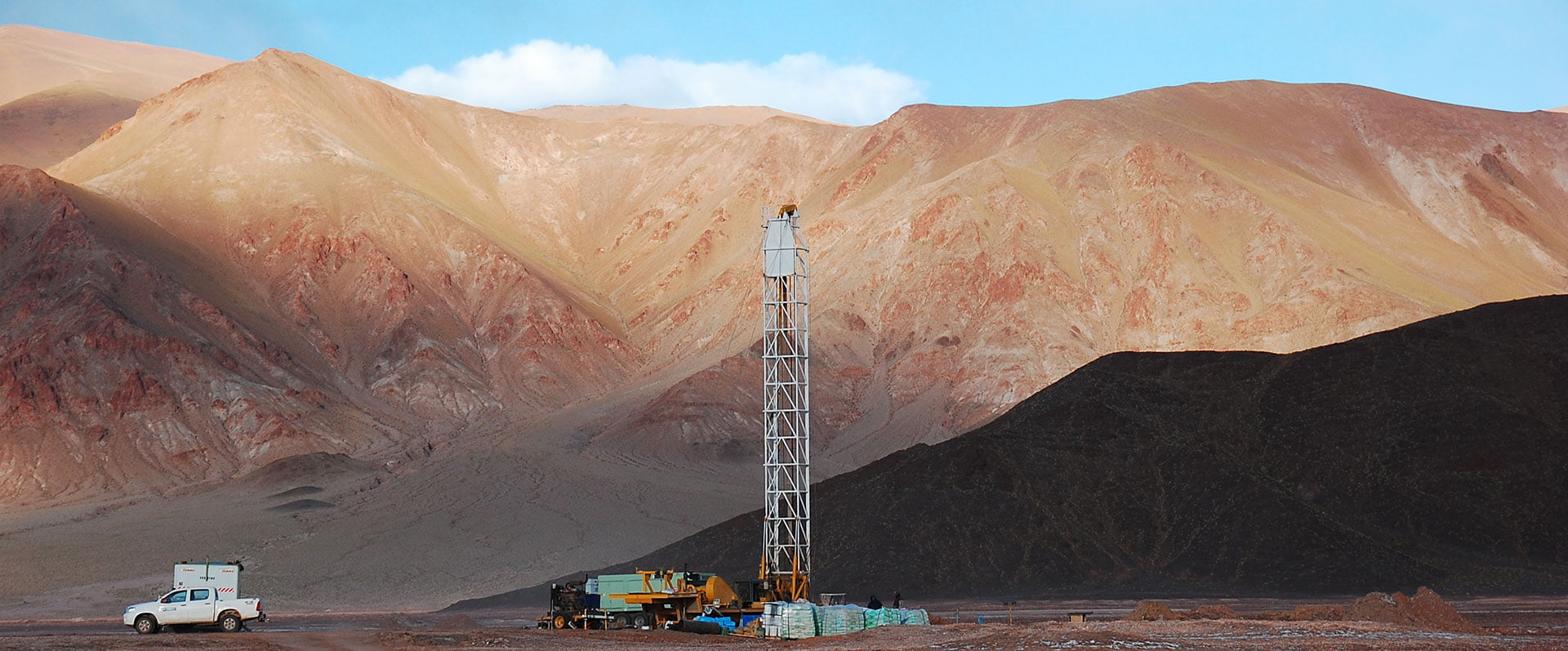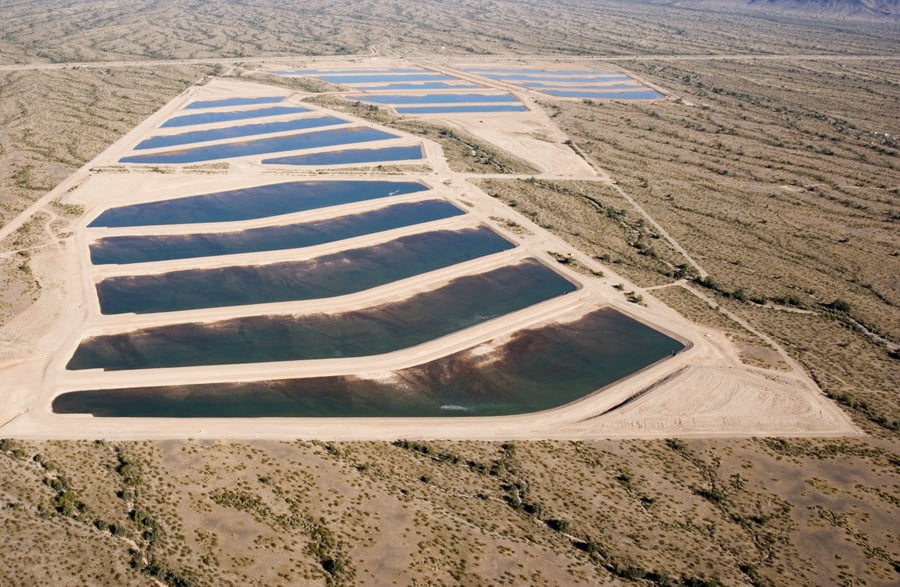Water-resource decisions can be risky and expensive and are frequently complicated by economic, policy, engineering, and hydrologic considerations. M&A’s experienced professionals create flexible planning tools known as decision support models (DSMs) that integrate various factors to quantify uncertainty and simulate potential outcomes. These DSMs vary in scope, from simple to complex, and relatively inexpensive models can provide valuable information to guide water-resource planning decisions. Our models also feature custom dashboards to help with stakeholder review and discussion with decision makers.
M&A uses a range of tools to develop DSMs including GoldSim®, custom databases, numerical groundwater flow models, and ArcGIS. Our DSM applications include the following:
- Water Demand Forecasting & Analysis. We apply statistical and econometric analyses to model such factors as future water demand, accounting for uncertainties related to water availability, socio-demographic trends, water rates, conservation programs, drought and climate change, and regulatory policy.
- Data Optimization. Our DSMs help clients optimize data collection by considering uncertainties about aquifer properties and contaminant sources, distribution, and migration pathways.
- Wellfield Optimization. We use DSMs to estimate water supply reliability and identify the best strategies for wellfield operations.
GoldSim, one of the leading tools for various water supply decision making, has long been used in mining and other industries to develop water balances and support optimization of water flows.
M&A’s modeling and water policy experts also use GoldSim for the following purposes:
- Support wellfield optimization
- Develop strategies to improve water supply reliability
- Evaluate climatic uncertainty
- Support risk-based decision making
One of 12
GoldSim Certified Solution Providers worldwide
As one of 12 organizations worldwide that have met the requirements to be named a GoldSim Certified Solution Provider, M&A’s specific experience includes the following:
- Alluvial Wellfield Reliability. M&A developed a GoldSim Model to simulate water supply reliability of a wellfield in a recharge dependent alluvial aquifer. Well pumping dynamics were simulated based on well, pump, and aquifer data and calibrated to historical performance. Recharge in the alluvial aquifer was simulated stochastically and used to provide the client with likelihoods of being able to reach wellfield yield targets over various time intervals.
- Mine-wide Water Balances. M&A has developed site-wide water balances for numerous mines including water supply, mine pits, mine mineral processing facilities, impoundments and storage tanks, and tailings facilities. These models frequently represent climatic uncertainty and are used to estimate mine water supply risks and identify inefficiencies in mine water management.
- Municipal Demand. M&A prepared models of declining municipal indoor and outdoor water demand for the Phoenix and Tucson metropolitan areas on behalf of the Central Arizona Project. Models simulated the use and replacement of all indoor and outdoor water using features in a typical household. The models were able to project the decline of municipal water demand as known technologies are installed in houses and outdoor water features are removed or replaced.
- Contaminant Transport Models. M&A has used the GoldSim Transport package to model simple groundwater flow and transport problems from tailings facilities.

M&A can help clients use this powerful tool for water resource management and climate change uncertainty estimation as described below.
Optimize Reservoir Operations for Groundwater Recharge
Many alluvial-fill basins are recharged by surface water flows where streams are often fed by snowmelt. The streamflow percolating into the subsurface can be pumped by wells and used for various beneficial uses on the land it supplies. Most large reservoirs in the arid western United States are highly managed with operations alternating between flood control in the winter and water supply in the summer. With GoldSim, we can build a simulation model of a reservoir that allows for variation in watershed inflows and also considers operation rules and outflow requirements. Because of fast run times and the dynamic nature of the tool, hydrology and rule curves can be modified quickly to run and compare several scenarios. Once the reservoir outflows are satisfactorily simulated, they can be incorporated into a groundwater model as a boundary condition to the system. That way groundwater managers can use a simple reservoir operations model as an external tool to help inform groundwater model boundary conditions. M&A has extensive experience working in these types of basins and can help groundwater managers assess impacts of reservoir operations on their overall basin resources.
Support Water Supply Portfolio Planning Under Uncertain Colorado River Conditions
With Colorado River reservoirs at historic lows, Lower Basin water users are preparing for significantly reduced deliveries. M&A understands the legal and regulatory framework governing Colorado River water use and shortage cuts among water rights holders based on their priority levels. We can use GoldSim to implement probabilistic assumptions on the likelihood and severity of shortage. Interactive dashboards can help clients visualize answers to the following critical water management questions, providing best- and worst-case scenarios for projected supplies and demands:
- Supply: What are the potential impacts of shortage on my annual Colorado River deliveries based on my priority level and current shortage sharing guidelines? What does my water supply portfolio look like over time under various shortage conditions?
- Demand: What does my demand look like under various growth scenarios? What are the potential impacts of specific conservation programs on my demand trajectory?
- Planning: Is there an imbalance between supply and demand and does it change over time? What is the reliability of potential alternative supplies such as effluent, stormwater, and groundwater? What is the outcome of a specific water management strategy such as water banking, exchange agreement, or water purchase?
GoldSim allows clients to interact with these questions in a dynamic way and support development of reliable and resilient water portfolios to meet their future needs.

Evaluate Water Supply Scenarios for SGMA Implementation with Various Climate Change Predictions
With increasing constraints on water supplies due to competing demands and unpredictable climate conditions, GoldSim can help quickly work through various scenarios that help match demand with supplies and use that information to refine groundwater models. In California, the Sustainable Groundwater Management Act (SGMA) mandates that groundwater managers account for climate change to determine if they can reach their sustainability goal over a 20-year planning and 50-year implementation horizon. M&A’s team understands climate change modeling approaches and can help develop appropriate scenarios for SGMA managers to consider in their demand and supply forecast analysis and identify suitable projects and management actions to reach sustainability.
About the Authors
Lisa Porta, P.E., is a senior water resources engineer at Montgomery & Associates with extensive experience in groundwater modeling, water supply planning, and sustainable groundwater management in California.
Tim Bayley, Ph.D., is a principal hydrogeologist at M&A and leads our dynamic simulation modeling team. He specializes in probabilistic modeling for decision support, risk analysis, and optimization.
Mekha Pereira is a groundwater hydrologist at M&A who provides technical support for hydrogeologic investigations, groundwater remediation projects, and environmental data management.










